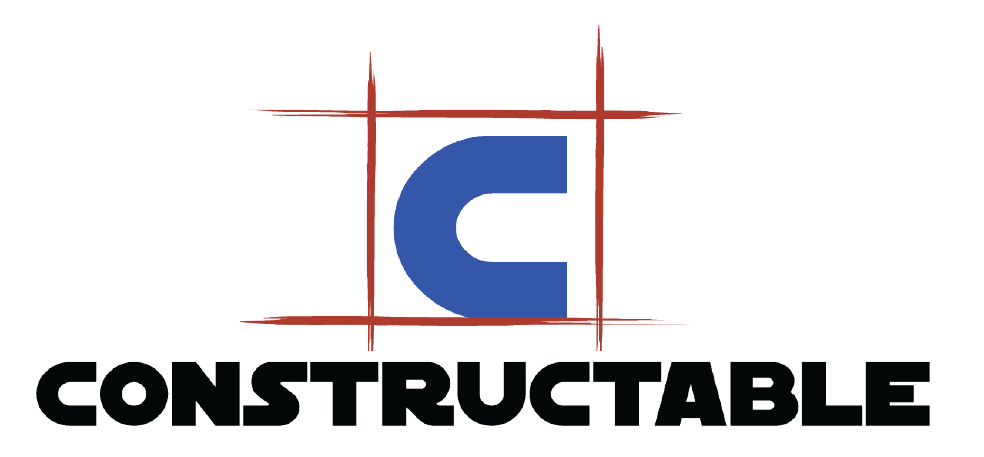
Negotiating Like a Pro Part 1
How do you keep up with all the necessities of contractual legalese, in-house counsel on the other side, rising costs, hard-nosed negotiation, timelines, scoping, keeping the customer happy, informing stakeholders, and all the other various hats that a construction management professional has to wear to succeed in business? All the various skills needed and multiplying competencies to learn make for a difficult contractual process to master. With all the various responsibilities to manage, how can one possibly “contract like a pro”?
Contracting like a pro means that you are prepared by knowing these things:
1. Yourself
2. Your resources
3. Your expectations
4. Your stakeholders
5. Your limitations.
PREPARATION TIP #1: Knowing yourself is a process of scouring your dreams.
Scour your dreams: that means mine every insight you can from them. Pull out what is essential, flexible, and should simply remain in the dream world.
It is vital to know just what exactly you are aiming for. Where are you going? What can you communicate with others so they will catch the vision? Keep in mind the old adage, “If you aim for nothing, you are most certain to hit it”; it proves true every time.
Instead, leave no idea unreported; leave no dream to die on its own; let the dream phase truly be uninterrupted and fully explicated.
PREPARATION TIP #2: Knowing your resources is a process of surveying your capabilities and deliverables.
If you do not move past the scouring your dreams phase, the team will have nothing to accomplish. Your dream is merely a pipe one. There are no legs to make real what you desire so much. If you cannot match dreams with resources, then you have merely engaged in daydreaming.
Here are some critical thoughts in surveying your resources:
- What kind of leash are your stakeholders willing to give?
- In what kind of time line do you have to deliver?
- Who will be on your team?
- How long will the job take?
- What budget will your project have?
- What special considerations are necessary?
- What is your team best at?
- Where is your team in need?
- Is there a specialty team needed to come alongside?
- Is outside contract work needed?
- Does the opportunity cost warrant additional investment?
Going through the exercise of thinking through and answering these questions will pay dividends on the back end as you prepare for the change inherent in a new process, system, or project. This phase is critical for the success of any of your endeavors.
PREPARATION TIP #3: Knowing your job is a process of sounding out internal expectations.
Unspoken expectations from the various stakeholders in a project will be an unseen chimera lurking the background waiting to rear its ugly head. These are setbacks that need to be addressed before you ever ink a contract or run into them. Stakeholders can even have expectations that they do not even know about, yet bring as baggage to your job.
Keys to rooting out internal expectations:
- Meetings, meetings, meetings. Unfortunately people need meetings; and it’s something you have to deal with as the leader of change.
- Hear out those that will be affected.
- Over-communicate so people know what is coming at them
- Use creative ways to show your team just what changes are coming and what it means to them
- Use visual aids, object lessons, memos, email, anything you can to show the team what is coming down the pike
- Over-communicate so people know what is coming at them
- Give leaders a chance to engage in the process and take ownership
- Create sign off forms and points of no return and then get them into the hands of influencers in your business
- Over-communicate so people know what is coming at them
- Compile a list of all the internal expectations and then disseminate it to anyone who contributed. You want the team jumping in with eyes wide open.
Nothing can replace the patient, hard work of getting others to elaborate on their expectations, 1. to meet them, 2. to address them, 3. to replace them, 4. to head them off at the pass before they can come back to bite you. It is time to “nip it in the bud” before the expectation can nip you.
PREPARATION TIP #4: Knowing your stakeholders is a process of securing their trust.
Now that you have defined the expectations of your organization, it’s time to walk the key players through the process, including them at every point along the way, to secure their trust. The role of project manager, procurement manager, even business owner relies upon you bringing everyone else along with you. It’s not enough to have a vision to follow, you have to be winsome in helping people win alongside you. And that takes trust.
“The only way people get what they want is through teamwork. ‘No man is an island’ is especially true in the fast-paced world of construction.” –Jared Hellums, Principal, Constructable
There is no better way to secure their trust than to give transparency, visibility, and accountability in what you do. Paired with a fantastic vision and an intense scoping process, being transparent with your team or stakeholders is the quickest way to get them onboard with you. Even the most absolute super-owner (with sole proprietorship) still needs to bring people alongside her, making your team’s goals your own. If you put enough wins together out there with your team, they will work hard, fast, and full of trust in service of your vision. On the other hand, it is very easy to lose the trust of your team for various reasons. A few of the quickest and easiest mistakes to make:
- Incompetence: it is supremely easy to notice when someone does not know their own business.
- Insincerity: perhaps the quickest way to lose trust is to be insincere; those around you know you’re playing only for yourself. And to them it is “game over.”
- Lack of communication: you cannot lead without followers; and followers have nowhere to go if not communicated clearly.
“If you get others to want what you want and believe in your vision, there is nothing you cannot do together.” –Jared Hellums, Principal, Constructable
You have to have trust to get your team to follow your vision and, ultimately, fulfill the contracts to which you bind yourself.
PREPARATION TIP #5: Knowing your limitations is a process of sticking to your guns.
If you want to contract well, you have to know both your strengths and weaknesses, your excellencies and your limitations. Don’t let anyone else stop you from sticking to your guns (following through with your plan). You know what is best and what is not. You know what you want; others can follow suit.
Don’t get pushed around simply because you do not have a core competency in the area. If you know your limitations, it is so easy to staff up and hire those people or contractors who can complement what you do so well.
A FINAL WORD:
All of these 5 points are internal preparations to contract like a pro. Unless you get yourself and your team right, you will be late, over budget, or simply a failure to launch. Planning your work and working your plan is key. The adage “those who fail to plan are planning to fail” could not be more true in the case of implementing large scale change using contract labor. We will cover the external, contractual tips and practices in part two of “How to Contract Like a Pro”.
But for now, focus on the 5 things that are most in your control: yourself, your resources, your project or job, your stakeholders, and your limitations. Control what you can; plan for the worst; and watch how your process improves simply by doing those two things.
CONCLUSION: The key to contracting like a pro is to do the hard work of being on top of your game before anyone inks a deal, throws a shovelful of dirt, catches the vision. You, as the business owner, project leader, or procurement manager, have to be ready when others are not. You set the tone, control the pace, lead the change. Others have to keep up. And with solid vendors and authorized contractors at your side, you will have gained a team to offset any of those limitations you have found. Together you can make this contractual process a dream and not a nightmare. But it takes you being on the cutting edge and never losing yours.
Here at Constructable, we know how to be that key partner in the construction process to manage expectations of the stakeholder, to pre-communicate before anyone needs us to, and to make you look like the consummate professional. Let our expertise complement yours as we become an inseparable team to get you a win under your belt. Visit us at constructable.pro to start a free estimate.
ACTION POINT: (With each article we will present one action point as a measurable takeaway for any owner or executive sponsor.)
Convert your leisure time to internal growth time.
You will have to hustle and grind to get what you want. You won’t have to do it forever, but there is an initial phase that demands it, requires it. And you, as the leader of change, have to embrace it.
You can get ahead by converting some of your leisure time into internal growth time. It will pay dividends not just in the newfound knowledge you have acquired, but also the additional credibility enjoyed from your team members.





